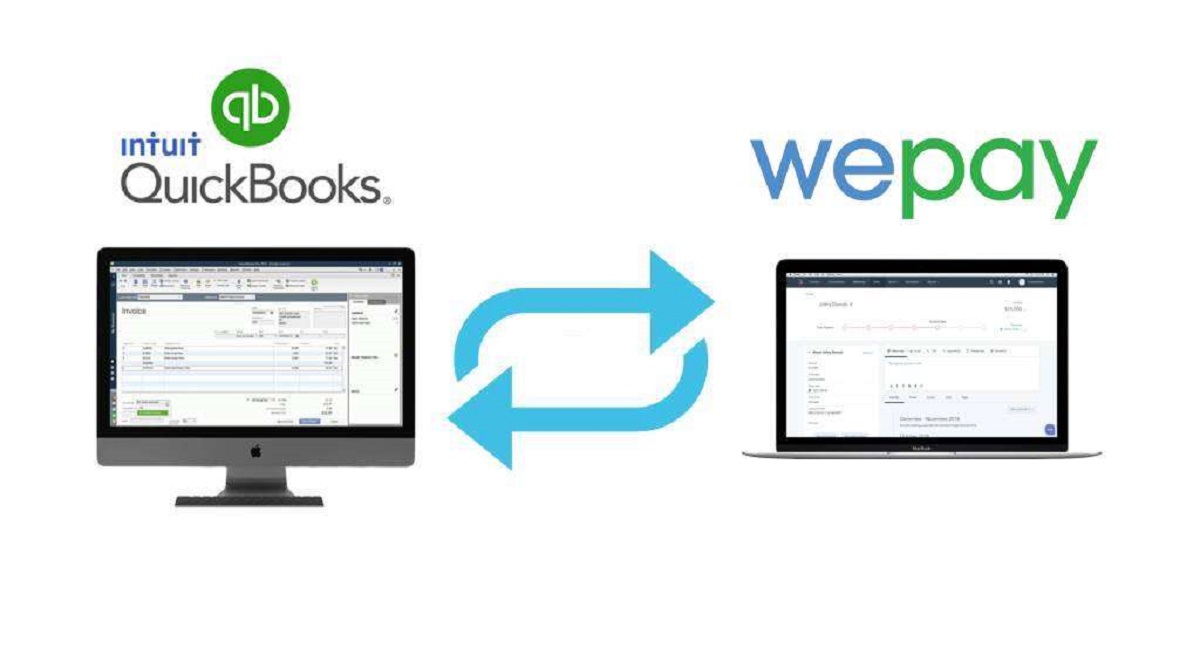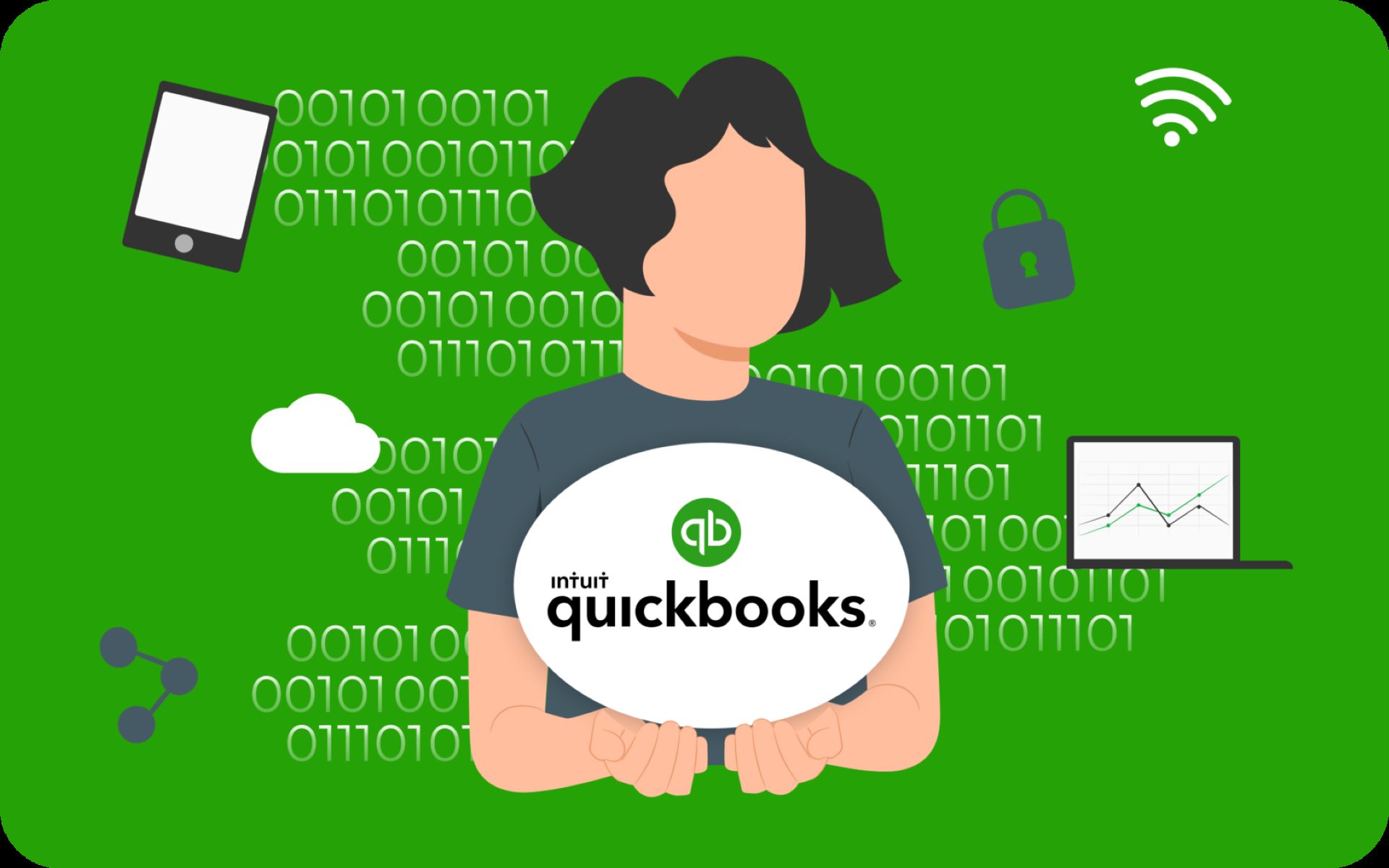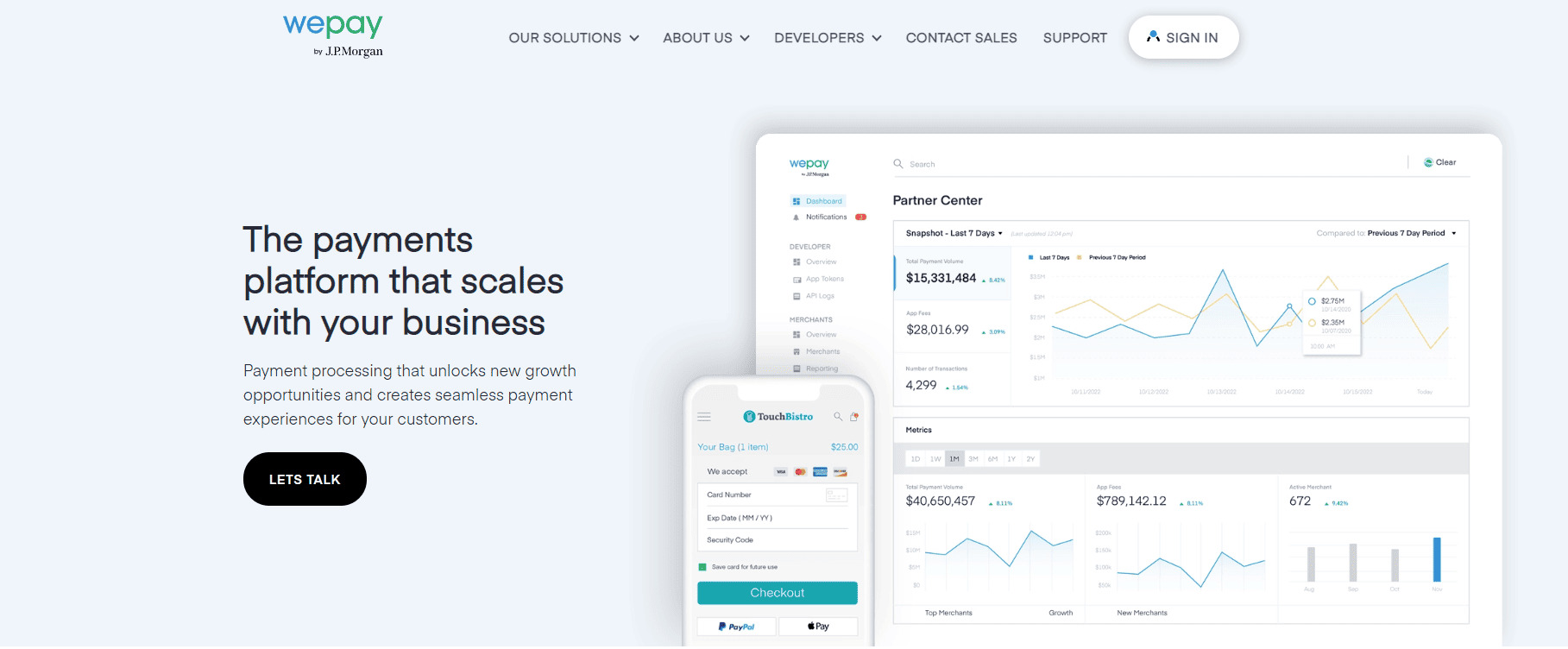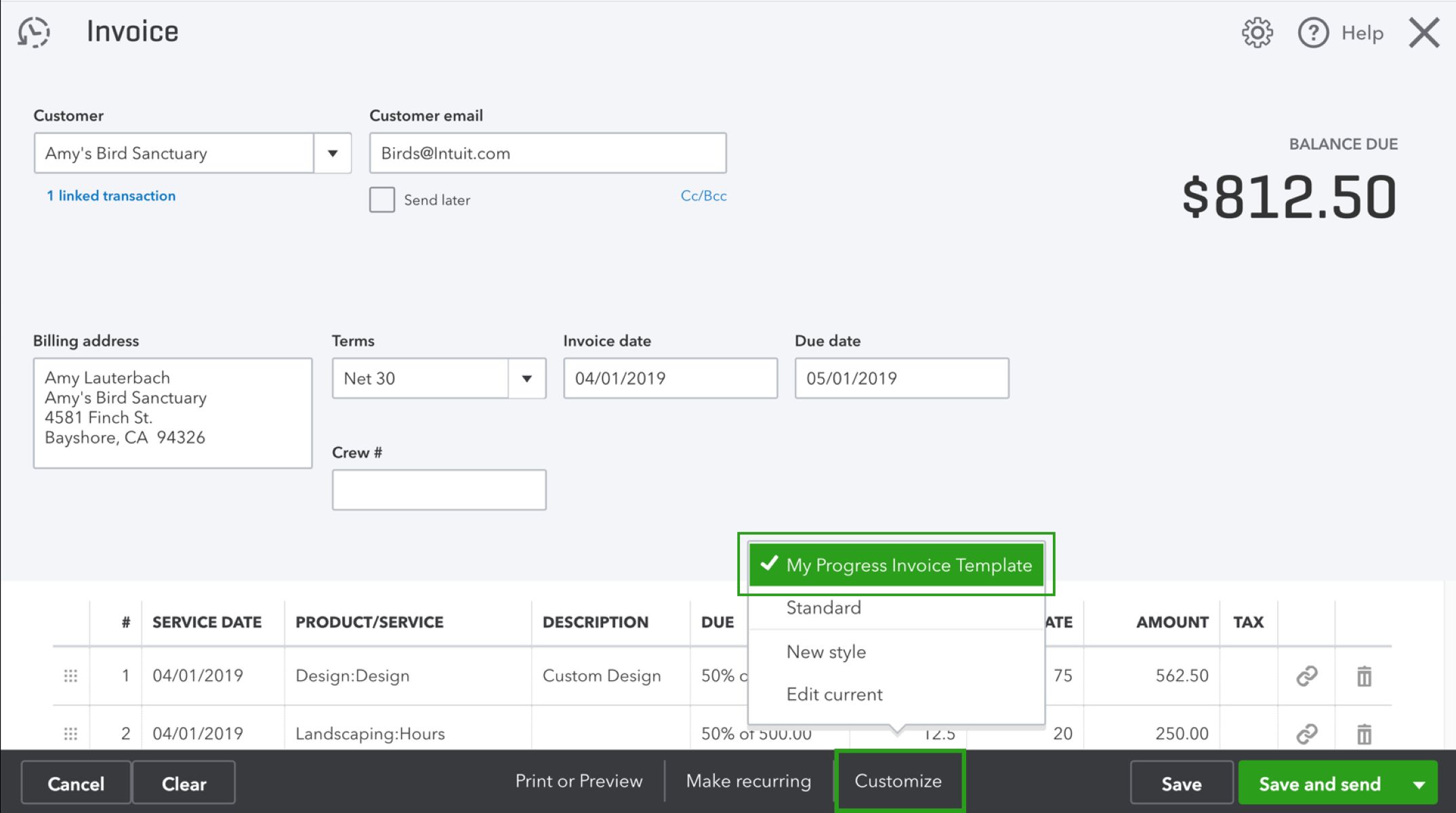Introduction
Welcome to the world of online payments! If you are using platforms like Stripe and WePay for your business transactions, you are off to a great start. These payment gateways offer secure and convenient options for accepting payments from your customers.
However, when it comes to keeping your financial records organized, you may find yourself in need of a little guidance. That’s where QuickBooks comes in. QuickBooks is a popular accounting software that can help you track your income, expenses, and financial data with ease. In this article, we will walk you through the process of categorizing Stripe and WePay transactions in QuickBooks, ensuring that your financial records are accurate and up to date.
Setting up Stripe and WePay in QuickBooks is the first step. By connecting your accounts to QuickBooks, you enable seamless integration that allows for easy tracking and categorization of your transactions. Once your accounts are set up, you can start categorizing your transactions to ensure they are properly recorded in your financial reports.
Categorizing transactions is crucial for maintaining organized and accurate financial records. It allows you to classify each transaction based on its purpose, such as sales, fees, or refunds. This categorization process ensures that your financial reports reflect the true state of your business and provide valuable insights for decision-making.
Additionally, we will cover the categorization of fees related to Stripe and WePay transactions in QuickBooks. These platforms often charge fees for their services, and it’s important to properly categorize these fees to accurately reflect your business expenses.
Reconciling your Stripe and WePay transactions in QuickBooks is another critical step in your accounting workflow. Reconciliation involves matching the transactions in your QuickBooks account with the transactions in your Stripe or WePay account. By doing this, you can identify any discrepancies and ensure that your financial records are in sync.
Finally, we will address common issues that may arise when categorizing transactions in QuickBooks for Stripe and WePay. From transactions not syncing properly to missing transactions, we have got you covered with troubleshooting tips and solutions.
So, let’s dive in and explore how to categorize Stripe and WePay transactions in QuickBooks to streamline your financial management and keep your business on track.
Setting up Stripe and WePay in QuickBooks
Before you can start categorizing transactions for Stripe and WePay in QuickBooks, you need to set up your accounts properly. This involves connecting your Stripe and WePay accounts to QuickBooks for seamless integration.
To set up Stripe in QuickBooks, follow these steps:
- Sign in to your QuickBooks account and navigate to the Banking section.
- Click on the “Add Account” button and search for Stripe in the list of available financial institutions.
- Select Stripe from the options provided and click on “Authorize”. This will take you to the Stripe website, where you can authorize QuickBooks to access your Stripe account.
- Follow the instructions on the Stripe website to grant authorization.
- Once you have successfully authorized QuickBooks, you will see your Stripe account listed under the Banking section in QuickBooks.
Setting up WePay in QuickBooks is a similar process:
- In QuickBooks, go to the Banking section and click on “Add Account”.
- Search for WePay in the list of financial institutions and select it.
- Click on “Authorize” to begin the authorization process.
- You will be redirected to the WePay website, where you can provide the necessary authorization for QuickBooks to access your WePay account.
- Follow the instructions on the WePay website to complete the authorization process.
- Once authorized, your WePay account will be listed under the Banking section in QuickBooks.
After setting up Stripe and WePay in QuickBooks, your transactions from these payment gateways will automatically sync with your QuickBooks account. This ensures that you have all the necessary data at your fingertips to categorize and track your income and expenses.
It is important to note that the setup process may vary slightly depending on the specific version of QuickBooks you are using. However, the general steps outlined above should apply to most versions.
Now that you have successfully set up Stripe and WePay in QuickBooks, you are ready to start categorizing your transactions to keep your financial records organized and accurate.
Categorizing transactions in QuickBooks for Stripe and WePay
Once you have connected your Stripe and WePay accounts to QuickBooks, it’s time to categorize your transactions. Categorization allows you to classify each transaction based on its purpose, helping you track your income, expenses, and financial data accurately.
To categorize transactions in QuickBooks for Stripe and WePay, follow these steps:
- Go to your QuickBooks account and navigate to the Banking section.
- In the Banking section, you will see a list of your synced accounts, including Stripe and WePay. Select the account you want to categorize transactions for.
- Review the list of transactions displayed in the account view. Each transaction will show a brief description, date, and amount.
- Click on a transaction to open its details.
- In the transaction details view, you will find a category field. Click on the field to select a category for the transaction.
- QuickBooks provides a list of predefined categories such as Sales, Fees, Refunds, and more. Choose the appropriate category based on the purpose of the transaction.
- If needed, you can also add a memo or additional information to the transaction for future reference.
- Confirm the category selection and click Save or Save & Close to finalize the categorization.
- Repeat these steps for each transaction that needs categorization.
Categorizing transactions in QuickBooks allows you to track your income and expenses accurately. It helps you generate reports that reflect the financial health of your business. By classifying your transactions correctly, you gain valuable insights into areas such as sales performance, expenses, and profitability.
If you have recurring transactions, such as monthly subscriptions or recurring fees, you can set up rules in QuickBooks to automatically categorize these transactions. This saves you time and ensures consistent categorization for similar transactions in the future.
Keep in mind that categorizing transactions is an ongoing process. As new transactions come in, make it a habit to review and categorize them promptly. This ensures that your financial records are always up to date and accurate.
Now that you know how to categorize transactions in QuickBooks for Stripe and WePay, you can maintain organized and accurate financial records for your business.
Categorizing fees in QuickBooks for Stripe and WePay
When using payment gateways like Stripe and WePay, it’s important to properly categorize the fees associated with these services in QuickBooks. Categorizing fees allows you to accurately reflect your business expenses and maintain an accurate financial record. This ensures that your profit calculations and financial reports are reliable.
To categorize fees in QuickBooks for Stripe and WePay, follow these steps:
- Go to your QuickBooks account and navigate to the Banking section.
- Select the account associated with Stripe or WePay, depending on which platform you want to categorize fees for.
- Review the list of transactions and identify any fees charged by the payment gateway. These fees are typically associated with transactions and are separate from the transaction amounts.
- Click on a transaction to open the details view.
- In the details view, locate the category field and click on it to choose a category for the fee transaction.
- QuickBooks offers predefined categories such as Bank Fees, Service Fees, or Merchant Fees. Select the category that best represents the type of fee you are categorizing.
- If necessary, add a memo or additional information to the transaction for future reference.
- Confirm the category selection and click Save or Save & Close to finalize the categorization.
- Repeat these steps for each fee transaction that needs categorization.
By categorizing fees separately, you can easily track and analyze the costs associated with using Stripe and WePay. This information provides valuable insights into your business’s financial performance and can help you make informed decisions to optimize your profitability.
It’s worth noting that fees can vary depending on the services and pricing structure of Stripe and WePay. As such, it is essential to review your payment gateway statements regularly to ensure that fees are accurately recorded and categorized in QuickBooks.
In addition to categorizing fees within the payment gateway account, you may also want to categorize fees when reconciling your bank statements in QuickBooks. This step ensures that fees are properly recorded when you reconcile your accounts and match them with your banking transactions.
Now that you know how to categorize fees in QuickBooks for Stripe and WePay, you can effectively track your business expenses and maintain accurate financial records.
Reconciling Stripe and WePay transactions in QuickBooks
Reconciliation is a crucial step in maintaining the accuracy of your financial records. It involves comparing the transactions in your QuickBooks account with the transactions in your Stripe or WePay account to ensure that they match. By reconciling your accounts, you can identify any discrepancies and ensure that your financial records are in sync.
To reconcile Stripe and WePay transactions in QuickBooks, follow these steps:
- Start by reviewing the transactions in your QuickBooks account for the chosen payment gateway, whether it’s Stripe or WePay.
- Next, log in to your Stripe or WePay account and compare the transactions listed there with the ones in QuickBooks.
- Check that the dates, amounts, and descriptions of the transactions match in both accounts.
- If you identify any discrepancies or missing transactions, investigate further to ensure that all transactions are accurately recorded.
- If you find any discrepancies, you may need to make adjustments in QuickBooks accordingly.
- Once you have reviewed and reconciled the transactions, mark them as reconciled in QuickBooks to indicate that they have been accounted for.
- Reconciling regularly, such as monthly or quarterly, helps to ensure that your financial records are accurate and up to date.
- If you encounter any significant discrepancies or issues during the reconciliation process, it’s important to investigate and resolve them promptly. This helps to maintain the integrity of your financial records and avoids any potential complications in the future.
Reconciliation not only helps to ensure the accuracy of your financial records but also provides an opportunity to identify any unusual or fraudulent activities. By carefully reviewing and comparing your transactions, you can detect any discrepancies that may need further investigation.
Remember to keep documentation of your reconciliations, including bank statements and payment gateway reports, in case of any future audits or inquiries.
Now that you know how to reconcile Stripe and WePay transactions in QuickBooks, you can maintain accurate financial records and confidently track your business’s financial health.
Troubleshooting common issues with categorizing transactions in QuickBooks for Stripe and WePay
While categorizing transactions in QuickBooks for Stripe and WePay is usually a smooth process, you may encounter some common issues along the way. Understanding these issues and knowing how to troubleshoot them can help you maintain accurate and organized financial records. Here are some common problems and their solutions:
1. Missing transactions: If you notice that some transactions are not appearing in QuickBooks, ensure that you have properly connected and synced your Stripe or WePay account. Check your payment gateway settings in QuickBooks and verify that the syncing process is active and up to date. If the issue persists, try disconnecting and reconnecting your payment gateway account.
2. Incorrect categorization: Sometimes, transactions may be assigned the wrong category, resulting in inaccurate financial reporting. Double-check the category selection for each transaction and make necessary adjustments where needed. It may be helpful to create custom rules in QuickBooks to automate the categorization process for future transactions.
3. Duplicated transactions: Seeing duplicate transactions in QuickBooks can be confusing and can skew your financial reports. Ensure that you are not importing transactions multiple times from your payment gateway account. Additionally, review any bank feeds or other integrations that might be duplicating transactions, and resolve the issue at its source.
4. Incorrect currency conversion: If you conduct transactions in multiple currencies, QuickBooks may not accurately convert the amounts into your base currency. Take advantage of third-party currency exchange apps or manually adjust the currency conversion rates in QuickBooks to ensure accurate reporting.
5. Syncing errors: If you encounter errors while syncing your Stripe or WePay account with QuickBooks, check for any system updates or maintenance notifications from QuickBooks. Additionally, ensure that your payment gateway accounts are active and not experiencing any technical issues on their end. If the problem persists, reach out to the support teams of both QuickBooks and the payment gateway for further assistance.
6. Unclear descriptions: Transaction descriptions from Stripe or WePay may be unclear or cryptic, making it challenging to categorize them accurately. In such cases, cross-reference the transaction details with your own records or payment gateway reports to determine the purpose of the transaction. You can also add memo notes within QuickBooks to provide additional context.
7. Discrepancies in fees: If you notice discrepancies in the fees charged by your payment gateway and what is recorded in QuickBooks, review the fee structures of your payment gateway and verify that you have correctly categorized the fees. It may also be helpful to compare your payment gateway statements with the transaction details in QuickBooks to identify any discrepancies.
Remember, when troubleshooting issues, it’s essential to keep a record of your communications and any steps taken to resolve the problem. This documentation can be helpful for future reference or if you need to seek further assistance from support teams or accounting professionals.
By addressing and resolving these common issues, you can ensure that the categorization process in QuickBooks for Stripe and WePay is smooth and accurate, providing you with reliable financial information for your business.
Conclusion
Properly categorizing transactions in QuickBooks for Stripe and WePay is essential for maintaining organized and accurate financial records. By setting up your Stripe and WePay accounts in QuickBooks and categorizing transactions and fees correctly, you can track your income, expenses, and financial data with ease.
Remember to reconcile your Stripe and WePay transactions in QuickBooks regularly to ensure that your financial records remain in sync. By identifying and addressing any discrepancies, you can maintain the integrity of your financial data and make informed business decisions.
In the event of common issues such as missing transactions, incorrect categorization, or syncing errors, troubleshooting steps can help you resolve the problem and keep your financial records accurate. Documenting your troubleshooting process and seeking assistance from support teams and accounting professionals can provide valuable guidance in overcoming challenges.
By following the guidelines and solutions provided in this article, you can confidently categorize Stripe and WePay transactions in QuickBooks and streamline your financial management processes.
So, embrace the power of accurate categorization, reconciliation, and troubleshooting, and leverage QuickBooks to keep your financial records organized, transparent, and reliable.

























